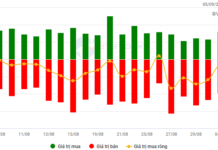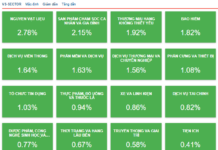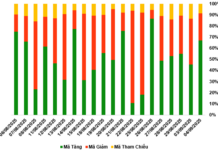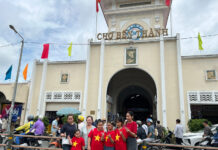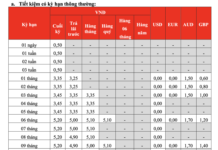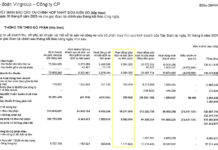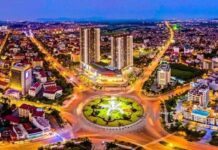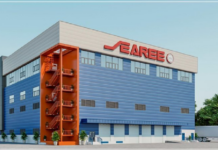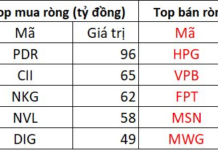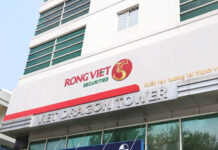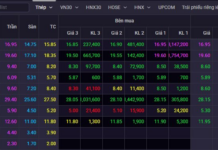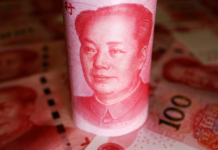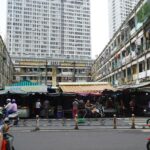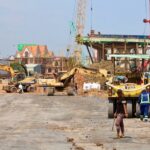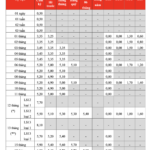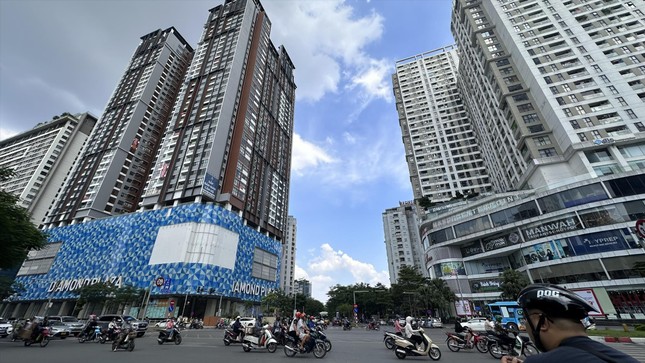The Ho Chi Minh City People’s Council has passed a resolution on the formulation, appraisal, approval, and adjustment of TOD area planning, with a regulation prohibiting the construction of new low-rise detached housing projects in this area.
According to the resolution, the boundary of the transit-oriented development (TOD) area, including stations, depots, and adjacent areas, extends to the boundaries of land parcels within a 1,000-meter radius from the assumed center of the stations and depots.
Within the TOD area, there shall be no new housing projects in the form of low-rise detached houses. The land-use coefficient may be adjusted upwards by a maximum of 1.5 times the regulated rate to exploit land funds and added value from the land. The TOD area is also planned to have a mixed-use function, including housing, business, trade, and public services.
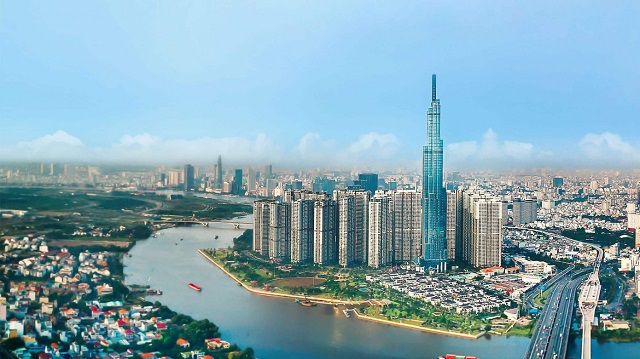
The Ho Chi Minh City People’s Council has passed a resolution on TOD area planning.
|
The resolution also emphasizes the development of smart, green, and flexible urban and transport infrastructure. It encourages innovative commercial activities, diverse and non-polluting services within the TOD area. The area used for parks and greenery on the rooftops of buildings is counted towards the public park and greenery index, with a conversion ratio of 2 square meters of rooftop area equivalent to 1 square meter of land area for parks and greenery.
Previously, the People’s Committee of Ho Chi Minh City issued a decision on the plan for the development of 11 compact cities following the TOD model along the Metro Line 1, Metro Line 2, and Ring Road 3, in accordance with Resolution 98/2023/QH15.
Ho Chi Minh City has defined two phases for TOD implementation. In the first phase, from 2024 to 2025, nine locations around Metro Line 1, Line 2, and Ring Road 3 will be piloted. Specifically, for Metro Line 1, the area around Phuoc Long Station (in the old Thu Duc City) will be developed, covering an area of over 160 hectares. For Metro Line 2, there are three locations: Lot I/82a and Tay Thanh (26.65 hectares); Exhibition and Sports Center in Tan Binh (5.1 hectares); and C30 near Le Thi Rieng Station (40.9 hectares).
For Ring Road 3, there are large land areas such as the Coconut Farm (152.6 hectares) and Long Binh (29 hectares) in the old Thu Duc City. There is also the 8th area with 198.4 hectares in Tan Hiep, the 6th area with 389.3 hectares in Xuan Thoi Thuong, and 104.9 hectares in Xuan Thoi Son (in the old Hoc Mon district).
In the second phase, from 2026 to 2028, Ho Chi Minh City will continue to implement additional TOD areas, especially at two locations: the 290.2-hectare area in Tan Hiep commune (old Hoc Mon district) along Ring Road 3 and the area around Tan Kien Station, in the old Binh Chanh district (314 hectares), which is part of the extended Metro Line 3 and the Ho Chi Minh City-Can Tho railway line.
Duy Quang
– 08:24 01/09/2025
What Do Record-High Remittances to Vietnam Signify?
In 2024, Vietnam witnessed a remarkable influx of remittances, totaling approximately $16 billion. Ho Chi Minh City, a bustling metropolitan hub, led the way with an impressive $9.6 billion, reflecting a significant increase of $140 million from the previous year. This substantial sum is a testament to the city’s thriving economy and robust financial standing, outshining foreign direct investment by a factor of three. The record-breaking figure underscores the resilience and potential of Vietnam’s financial landscape, marking a historic high that promises continued prosperity.
The Ultimate Guide to the Ho Chi Minh City Ring Road 3 Project: Unveiling the Vision
The Deputy Prime Minister has ordered the relocation of high-voltage power lines by September 15th to clear the way for construction of the Ho Chi Minh City Ring Road 3 project.

